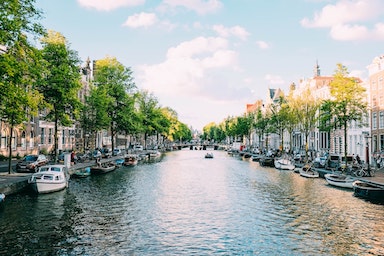
VAT
VAT, also called sales tax, stands for Tax on the Value Added. This means that it is a tax levied on the value that an entrepreneur adds to a product or service. In other words: the difference between his purchase price plus expenses and the selling price.
Unless he is exempted, each entrepreneur must charge this VAT on his sales, or his turnover, and pay it to the tax authorities. On the other hand, the entrepreneur may deduct the VAT that he himself paid as input tax.
This happens in every link of the production chain, from manufacturer to wholesaler to store. Ultimately, it is the consumer who has to pay the entire VAT amount.
And with that we have ended up with what the VAT really is: a consumption tax. Consumers, which can be both private individuals and businesses, buy services or products and have to pay taxes on their consumption. The entrepreneur is in fact the person who collects and transfers this tax to the tax authorities.
A VAT rate of 21% applies to most products or services in the Netherlands. There are a number of exceptions for primary necessities (food), books and for example visiting cultural events where a VAT rate of 9% is valid. VAT is a general tax. This means that tax is levied on virtually every product or service.
